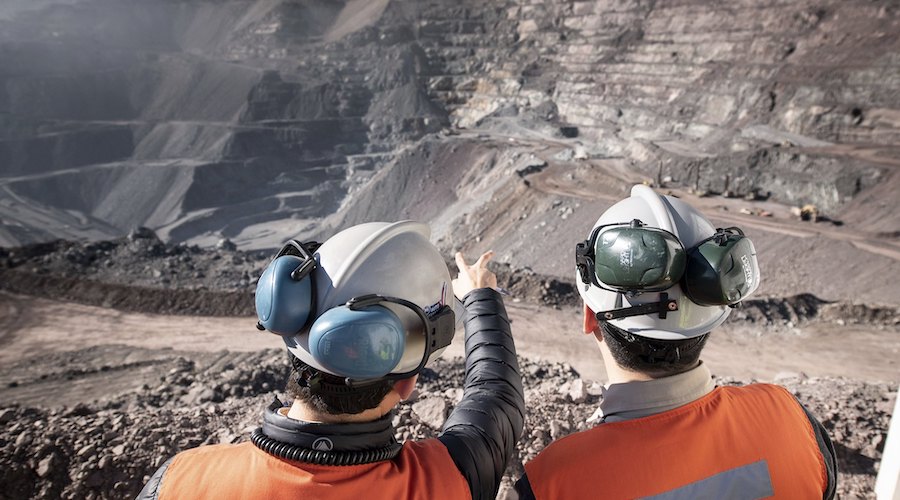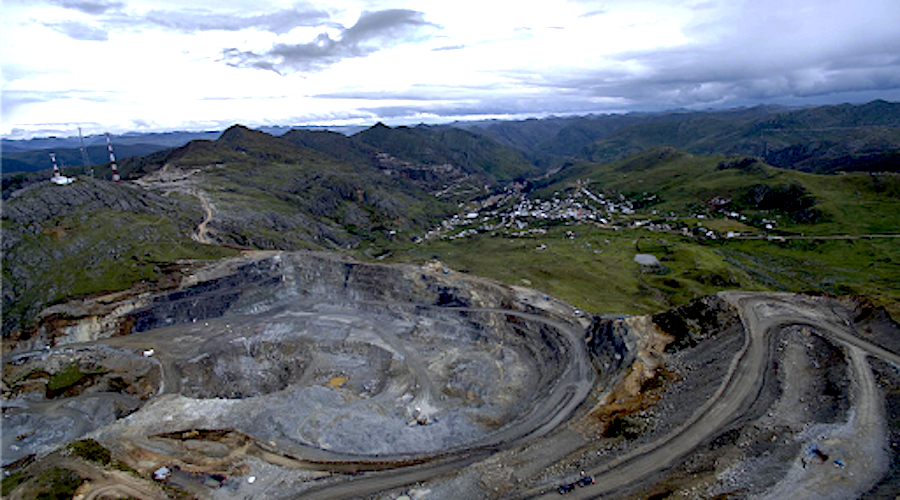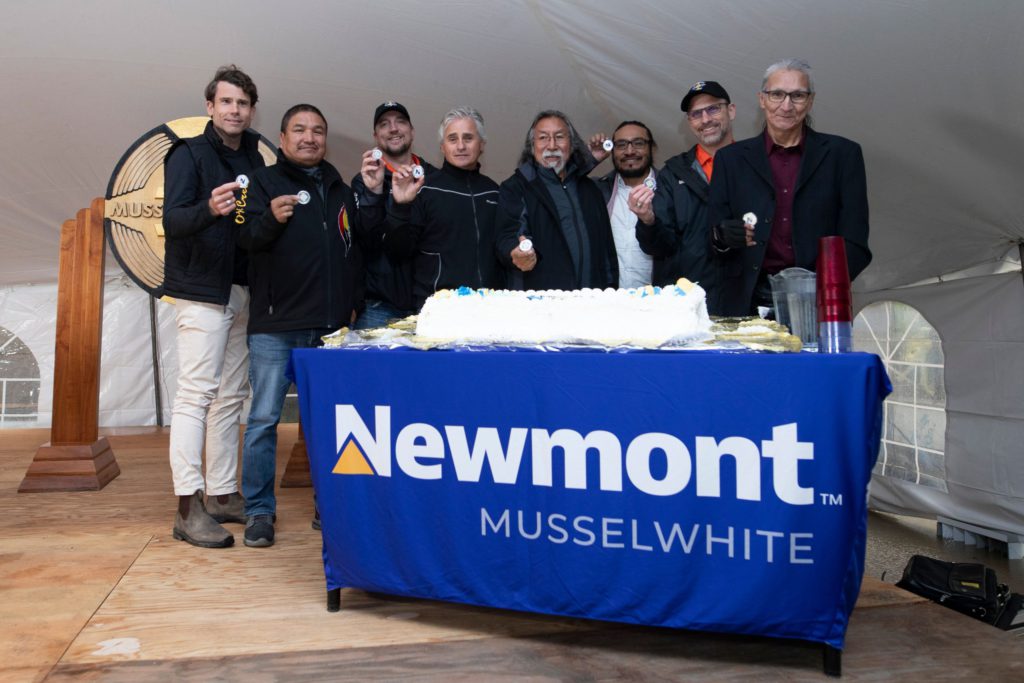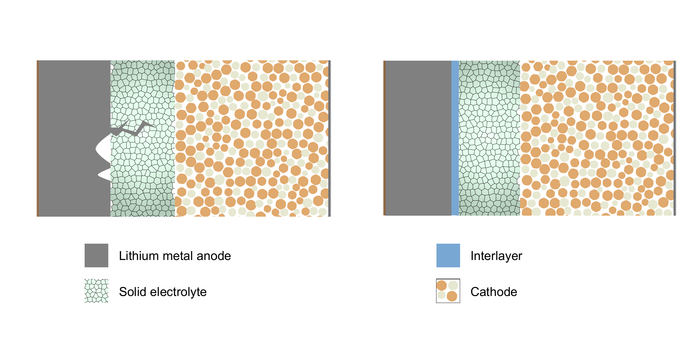Chile rejects second Anglo American project in two months


The news, divulged through social media, was confirmed to MINING.COM by the London-based company’s spokesperson.
Aaron Puna, executive president of Anglo American said in a public statement the company was surprised with the resolution.
“The project had a Consolidated Evaluation Report (ICE) that recommended its approval and was backed by all the services that participated in the environmental assessment process,” Puna said.
This is the sixth mining project vetoed by the government of President Gabriel Boric, who assumed in March this year and the second for Anglo American.
In May, a Chilean environmental regulator formally rejected the company’s application for a $3 billion expansion of its flagship Los Bronces copper mine.
The asset, one of Anglo American’s two largest copper operations, has been mined for over 150 years and is running out of high-grade ore. The Los Bronces Integrated Project (LBIP) would have allowed the company to tap higher grade ores from a new underground section of the mine, extending its life through 2036.
Anglo American has been the majority-owner of El Soldado since 2002. The mine started operations in 1980 and produced 42,300 tonnes of copper last year, making it relatively small by Chilean standards.
Diego Hernández, president of the country’s National Mining Society (SONAMI) condemned Coeva’s decision.
“It seems to us that is a very bad sign to see a significant number of projects rejected lately, not only new mines, but operational continuity projects, which are left with no other option than closing down,” he told local newspaper La Tercera.
Copper deposits are among the hottest assets in mining right now, mainly due to the metal’s use in electric vehicles (EVs) and the global green energy revolution.
Experts estimate the copper industry needs to spend more than $100 billion to build mines able to close what could be an annual supply deficit of 4.7 million tonnes by 2030.
This post has been syndicated from a third-party source. View the original article here.




